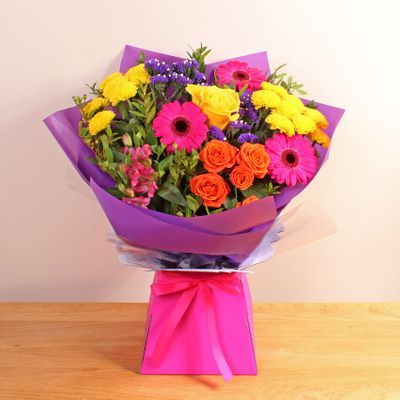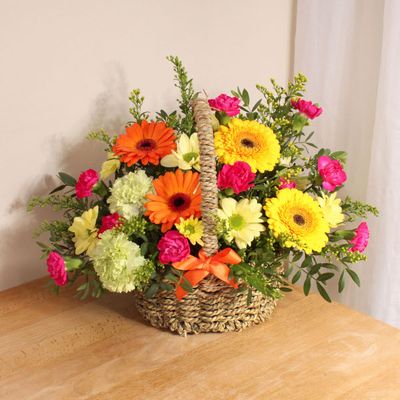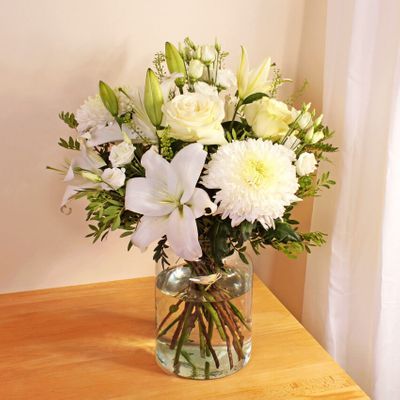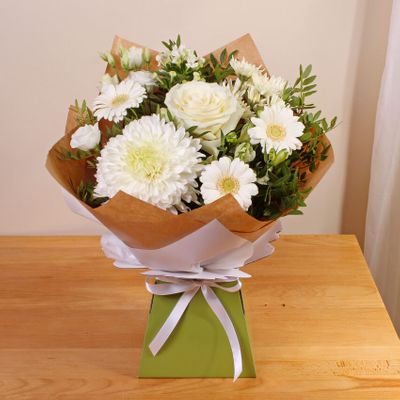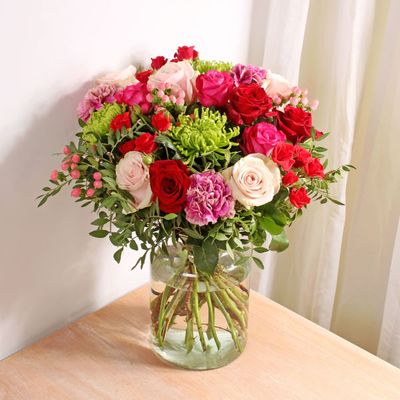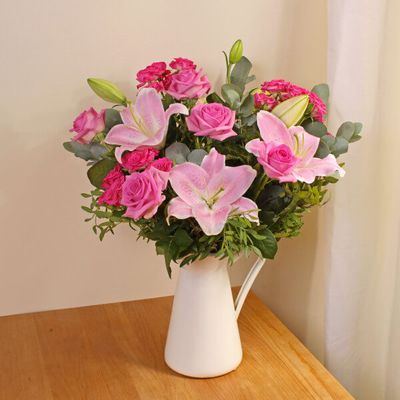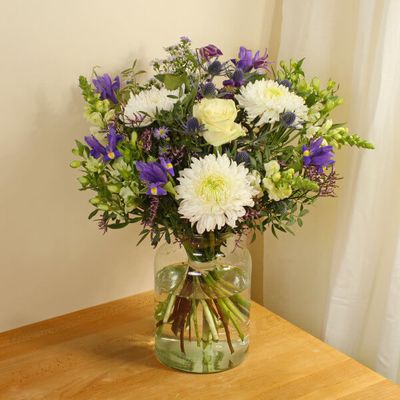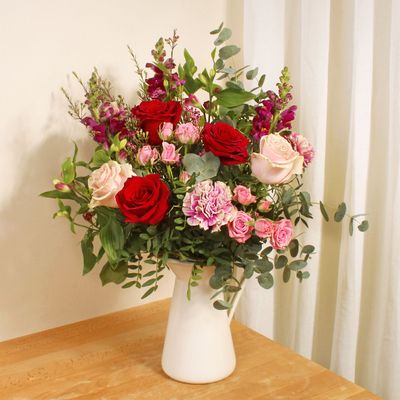Floristry is a huge industry in the UK and the rest of the world. It is not only a hobby you can enjoy, but it is also an occupation. The best florists in the UK are people not only passionate about flowers and plants but also enthusiastic about excellent customer service.
Think about how many flower arrangements, wreaths, and bouquets are sold and purchased on special occasions; birthdays, anniversaries, Valentine's Day, and Mother's Day to name a few. Flowers are a part of the gift-giving culture and as long as people are looking for flowers to send, there will always be a demand for florists.
Floristry is not only making impressive floral bouquets and arrangements for occasions. It is also the art of creating breathtaking floral displays for events and the appropriate care and handling of flowers. Expect a professional florist to assist you in your search for the perfect flowers to deliver to loved ones.
Floristry has roots in Eastern and Western culture. In Europe, flowers were used in vases to symbolise various things during the Dark Ages. It was during the Renaissance period in the 15th and 16th centuries when floral decorations have become widespread. Europeans used wreaths and garlands for homes, churches and festivals. These are evident in works of art of that time.
Flowers were also valued for their medicinal purposes and communication. As the average person could not read, people resorted to flowers to exchange messages. In England (1400-500 AD), threats have decreased so more thought was put into creating open gardens over fortresses. Small bouquets called "tussie-mussies" were carried by men and women. To perfume homes, potpourri was used and clove-studded oranges were prized for their scent and decorative appearance.
The arranging of flowers and using containers became commonplace during the Georgian period (1714-1830). It was during this time when the height of the flowers and the height of the overall arrangement were considered. By the Victorian Era (1830 - 1900), flowers were cultivated and used everywhere. Victorians were seen wearing flowers in their hair and as corsages.
Modern-florists started in the mid-nineteenth century in the Netherlands. It wasn't until the twentieth century when the first florist and flower shops appeared. British horticulturist and garden designer, Gertrude Jekyll is credited for the increasing influence of floral decoration as home decor.
Flowers are very much part of the British culture. You can see flowers on the national emblems. Even some local customs involve flowers. For instance, the national flower of England is the Tudor rose which can be seen on the dress uniforms of the guards at the Tower of London. It is also in the royal coat of arms.
Various flower types are for different local occasions. Whenever you need these flowers, you can ask your local florist if stock is available. It is best to order ahead of time during busy days to ensure your flowers arrive how you expect them to look. Local florists are happy to assist you in looking for the perfect flower to match the occasion.




